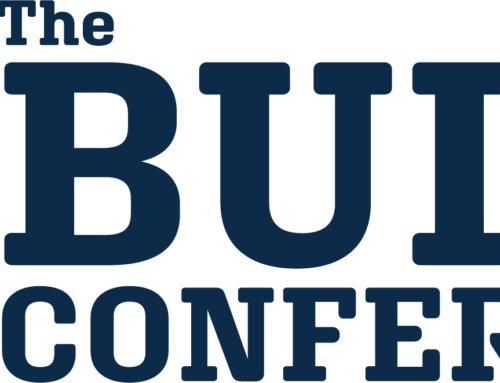This year, GBCA is participating in OSHA’s Focus Four Campaign, providing resources to avoid incidents involving OSHA’s Focus Four hazards. This month, we’re featuring resources on Caught-in/Between hazards and this week’s toolbox talk is about preventing injuries with skid steer loaders. Scroll down to read it. Click below to download it as a printable Toolbox Talk.
Preventing Injuries with Skid Steer Loaders
Ask the following questions and give time for answers:
- What are the hazards?
- Struck-by or pinned against an object or equipment
- What are the results?
- Broken or crushed limbs and bones, entrapment, internal damage, and death
- What should we look for?
- Proper operation, designated work areas for employees and equipment, back up alarms, rollover protection, proper equipment training
Actual Incident:
In February 2018, three workers were performing demolition operations at a worksite. A skid steer loader was being used to remove demolished materials and transfer the materials to a dumpster. Two laborers climbed the side of the dumpster to adjust some of the materials to create more working space within the dumpster. The operator of the skid steer did not see the employees and was transferring more materials to be dumped. As the loader approached, one employee jumped down from the side of the dumpster, but the other was pinned between the dumpster and the bucket of the loader. The employee sustained several injuries, including broken bones and a crushed sternum.
How do we prevent these results?
- Always use and maintain the safety devices provided by the manufacturer.
- Interlocked controls, backup alarms, seat belts and roll over protective systems (ROPS).
- Operate the loader from the operator’s compartment, never from the outside.
- Stay seated when operating the loader. Work with the seatbelt fastened and the restraint bar in place.
- Keep your arms, legs, and head inside the cab while operating the loader.
- Load, unload, and turn on level ground when possible. Operate on stable surfaces when possible.
- Keep people clear when a load is being lifted or when in the operating zone of the equipment.
- Never go beyond the manufacturer’s load capacity for the machine.
- Develop and implement a traffic control plan and train all employees on plan elements.





